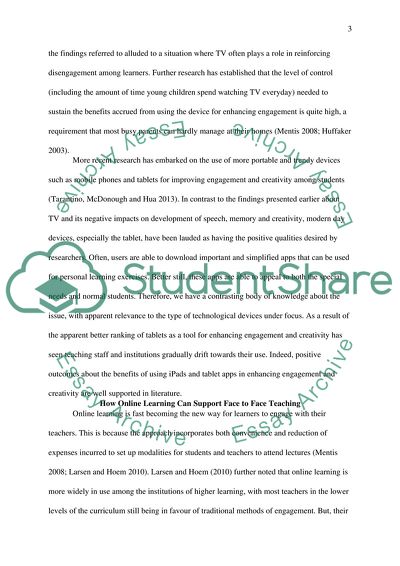Cite this document
(E-Pedagogy for the Future Report Example | Topics and Well Written Essays - 1250 words, n.d.)
E-Pedagogy for the Future Report Example | Topics and Well Written Essays - 1250 words. https://studentshare.org/education/1853058-e-pedagogy-for-the-future
E-Pedagogy for the Future Report Example | Topics and Well Written Essays - 1250 words. https://studentshare.org/education/1853058-e-pedagogy-for-the-future
(E-Pedagogy for the Future Report Example | Topics and Well Written Essays - 1250 Words)
E-Pedagogy for the Future Report Example | Topics and Well Written Essays - 1250 Words. https://studentshare.org/education/1853058-e-pedagogy-for-the-future.
E-Pedagogy for the Future Report Example | Topics and Well Written Essays - 1250 Words. https://studentshare.org/education/1853058-e-pedagogy-for-the-future.
“E-Pedagogy for the Future Report Example | Topics and Well Written Essays - 1250 Words”. https://studentshare.org/education/1853058-e-pedagogy-for-the-future.


